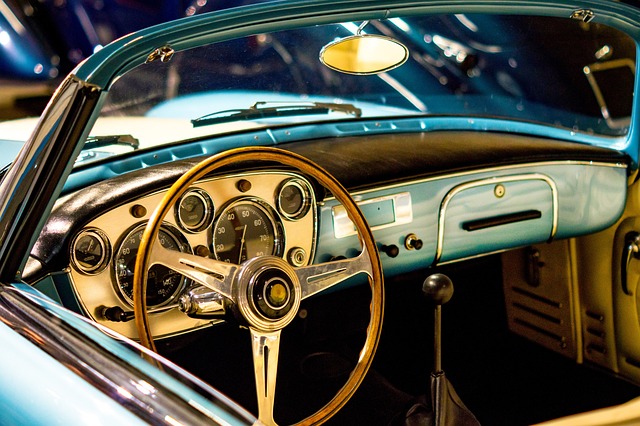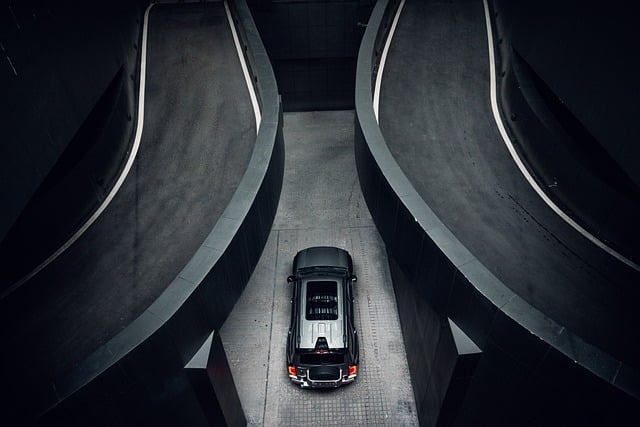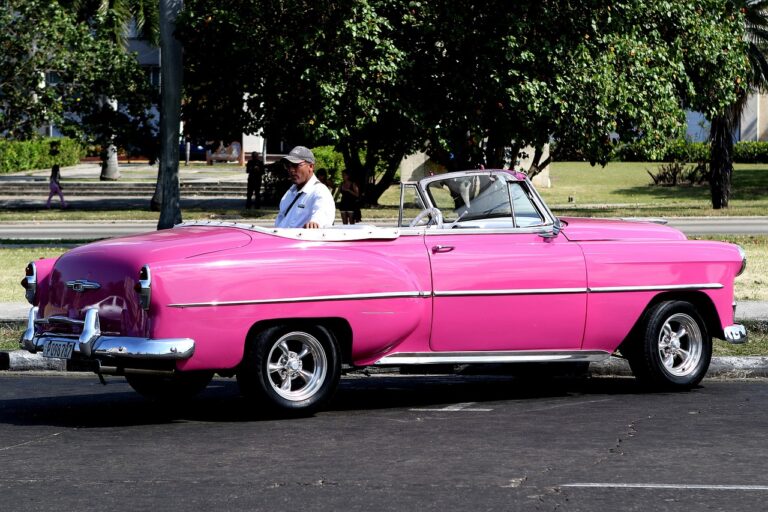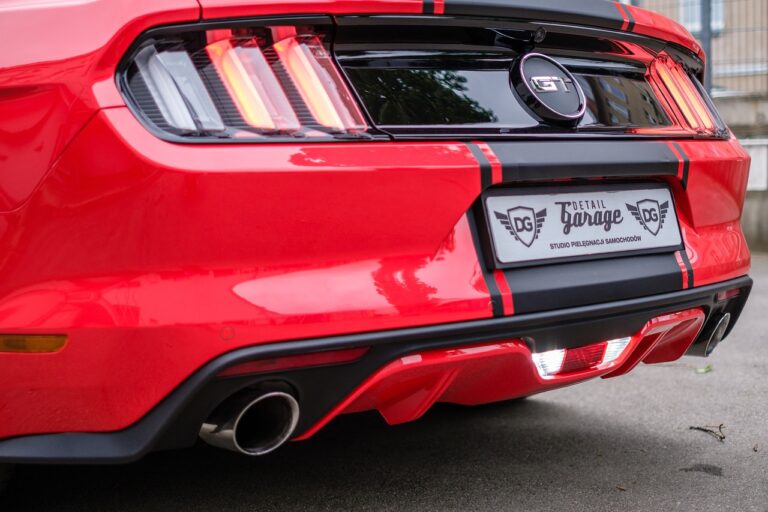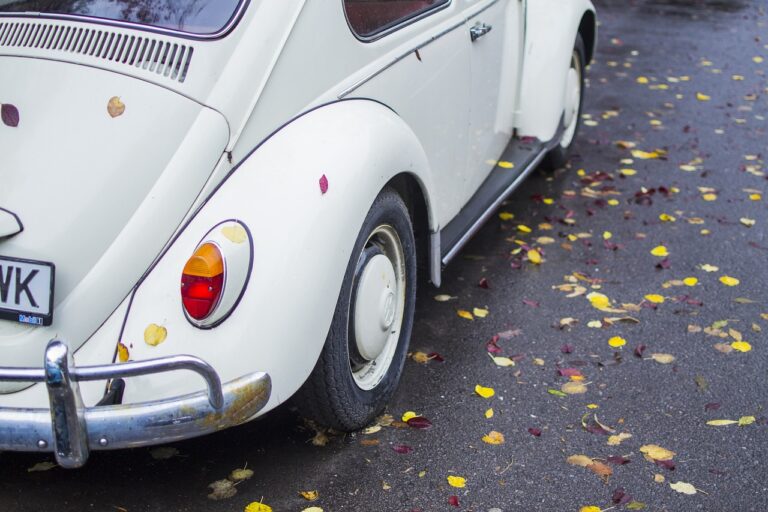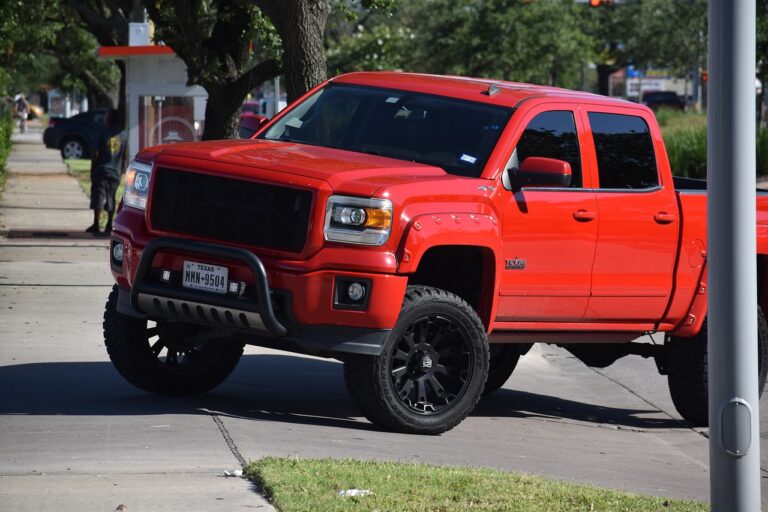The Influence of Retro-Futurism in Car Exterior Design: Nostalgia meets Innovation
Car design has undergone remarkable transformations over the years, reflecting the technological advancements and societal trends of each era. From the sleek and aerodynamic shapes of the 1930s to the boxy designs of the 1980s, each period has left its unique mark on the automotive industry. The evolution of car design can be seen not just in the external appearance of vehicles but also in the materials used, the inclusion of safety features, and advancements in aerodynamics.
Designers have drawn inspiration from various sources, including nature, architecture, art, and even science fiction. These diverse influences have led to the creation of iconic cars that have become synonymous with their respective eras. As consumer preferences and design technologies continue to evolve, we can expect to see even more innovation and creativity in the future of car design.
Car design has transformed over the years to reflect technological advancements and societal trends
From sleek shapes of the 1930s to boxy designs of the 1980s, each era has had its own unique style
Evolution can be seen in external appearance, materials used, safety features, and aerodynamics
Designers draw inspiration from nature, architecture, art, and science fiction
Iconic cars have been created that are synonymous with their respective eras
Expect more innovation and creativity in future car design as consumer preferences and technologies evolve
Retro-Futurism Defined
Retro-futurism encompasses a design aesthetic that combines elements of the past with futuristic concepts. It is a visual style that merges nostalgia for bygone eras with a forward-looking perspective. This unique blend creates a sense of timelessness, where old-fashioned elements coexist harmoniously with contemporary innovation.
In retro-futurism, designers often draw inspiration from retro sci-fi movies, vintage technology, and mid-20th century visions of the future. The result is a playful yet sophisticated look that invites viewers to imagine what the future might have looked like from the perspective of the past. This design movement embraces the charm of retro aesthetics while infusing them with a modern twist, offering a fresh take on classic styles.
Influences from the Past
In the world of car design, the past serves as a well of inspiration that designers often draw from. Looking back at iconic vehicles of decades gone by, they find elements that evoke a sense of nostalgia and timelessness. These influences from the past are seamlessly incorporated into modern designs, creating a fusion of classic aesthetics with contemporary technology.
From the sleek lines of 1950s models to the bold curves of 1970s muscle cars, each era brings its own unique style that designers reinterpret in innovative ways. By paying homage to classic features such as chrome accents, tail fins, and hood ornaments, modern cars are able to capture the essence of bygone eras while still pushing the boundaries of innovation. The result is a harmonious blend of old and new that resonates with car enthusiasts of all generations.
What are some key influences from the past on car design?
Some key influences from the past on car design include classic cars from the 1950s and 1960s, Art Deco styles from the early 20th century, and even designs inspired by ancient architecture.
How has car design evolved over time?
Car design has evolved from simple, boxy shapes to sleek, aerodynamic designs. Technology and advancements in materials have also played a significant role in shaping the evolution of car design.
What is retro-futurism?
Retro-futurism is a design style that combines elements of nostalgia from the past with futuristic concepts. It often involves taking inspiration from vintage designs while incorporating modern technologies and ideas.
How do car designers incorporate influences from the past into modern designs?
Car designers often look to the past for inspiration in terms of shapes, colors, and materials. They may reinterpret classic design elements in a modern context, creating a blend of old and new in their designs.

